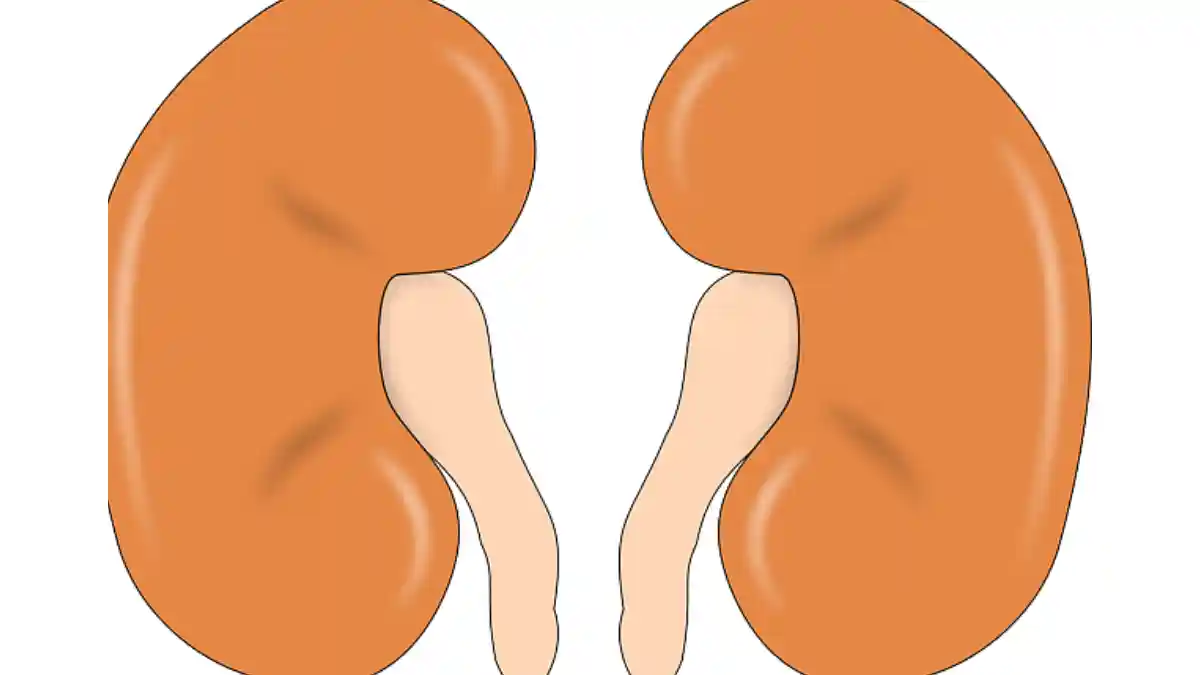Diabetic nephropathy
Diabetic Nephropathy: A Comprehensive Guide to Understanding, Prevention, and Management
Diabetic nephropathy, a severe complication of diabetes, is the leading cause of end-stage kidney disease (ESKD) worldwide. Approximately 30–40% of individuals with diabetes develop this condition, underscoring its significant public health impact. Characterized by progressive kidney damage due to prolonged hyperglycemia.
Diabetic nephropathy silently impairs renal function, often going unnoticed until advanced stages. This article explores the pathophysiology, risk factors, symptoms, diagnostic approaches, and cutting-edge management strategies to empower patients and healthcare providers in combating this debilitating condition.
1. The Link Between Diabetes and Kidney Damage
Diabetes disrupts the body’s ability to regulate blood sugar, causing systemic damage to blood vessels, including those in the kidneys. The kidneys, composed of millions of nephrons, rely on delicate capillaries (glomeruli) to filter waste. Chronic high blood sugar triggers a cascade of harmful processes:
- Hyperfiltration: Early-stage diabetes increases glomerular pressure, straining the kidneys.
- Oxidative Stress and Inflammation: Excess glucose generates reactive oxygen species, damaging renal cells.
- Advanced Glycation End Products (AGEs): Glucose binding to proteins forms AGEs, which stiffen blood vessels and promote fibrosis.
- Podocyte Injury: These specialized cells in the glomeruli become dysfunctional, leading to protein leakage (proteinuria).
Over time, these mechanisms culminate in glomerulosclerosis (scarring) and tubulointerstitial fibrosis, irreversible changes that reduce kidney function.
Risk Factors: Beyond Blood Sugar Control
While hyperglycemia is the primary driver, other factors accelerate diabetic nephropathy:
- Duration of Diabetes: Risk increases significantly after 10–15 years of diabetes.
- Hypertension: High blood pressure exacerbates glomerular damage.
- Genetics: Family history of kidney disease or specific gene variants (e.g., APOL1) heighten susceptibility.
- Obesity and Dyslipidemia: Excess weight and abnormal lipid profiles worsen insulin resistance and inflammation.
- Smoking: Constricts blood vessels, reducing renal perfusion.
- Ethnicity: Higher prevalence in African American, Hispanic, and Indigenous populations due to socioeconomic and genetic factors.
Symptoms: From Silent Progression to Debilitating Effects
Early-stage diabetic nephropathy is often asymptomatic, emphasizing the need for routine screening. As the disease progresses, symptoms emerge:
- Microalbuminuria: The earliest sign, detectable only via urine tests (30–300 mg/day albumin excretion).
- Edema: Swelling in legs, hands, or face due to protein loss and sodium retention.
- Hypertension: Worsening blood pressure from fluid overload and renal hormone imbalances.
- Fatigue and Weakness: Resulting from anemia or toxin buildup.
- Nausea/Loss of Appetite: Uremic toxins affecting the gastrointestinal system.
- Foamy Urine: Excessive protein causing frothiness.
- Advanced Symptoms: Confusion, shortness of breath, and itching from severe kidney failure.
Diagnostic Approaches: Early Detection Saves Lives
Regular screening is critical for individuals with diabetes:
- Urine Albumin-to-Creatinine Ratio (UACR): Annual testing detects microalbuminuria.
- Estimated Glomerular Filtration Rate (eGFR): Calculated from serum creatinine, age, and sex, eGFR assesses kidney function.
- Imaging: Ultrasound or CT scans to evaluate kidney structure.
- Biopsy: Rarely used, but confirms diagnosis in ambiguous cases.
Staging Chronic Kidney Disease (CKD):
- Stage 1: Normal eGFR (>90) with proteinuria.
- Stage 2: eGFR 60–89.
- Stage 3: eGFR 30–59.
- Stage 4: eGFR 15–29.
- Stage 5: eGFR <15 (ESKD requiring dialysis/transplant).
Prevention: Multifaceted Strategies to Protect Kidney Health
- Glycemic Control: Target HbA1c <7% using medications like SGLT2 inhibitors (e.g., empagliflozin) and GLP-1 agonists (e.g., liraglutide), which reduce renal risk.
- Blood Pressure Management: Aim for <130/80 mmHg with ACE inhibitors (e.g., lisinopril) or ARBs (e.g., losartan), which also lower proteinuria.
- Lipid Management: Statins (e.g., atorvastatin) to target LDL <100 mg/dL.
- Dietary Modifications: Low-sodium (<2g/day), moderate-protein (0.8g/kg/day) diets alleviate kidney strain.
- Smoking Cessation and Weight Loss: Improve vascular health and insulin sensitivity.
Treatment: Slowing Progression and Managing Complications
- Pharmacotherapy:
- Finerenone: A nonsteroidal mineralocorticoid receptor antagonist shown to reduce CKD progression.
- GLP-1 Agonists and SGLT2 Inhibitors: Beyond glucose control, these reduce cardiovascular and renal events.
- Dialysis: Hemodialysis or peritoneal dialysis for ESKD.
- Transplant: Preferred over dialysis but complicated by diabetes-related comorbidities.
- Anemia Management: Erythropoiesis-stimulating agents (ESAs) or iron supplements.
- Bone Health: Vitamin D analogs and phosphate binders to address mineral disorders.
Lifestyle and Psychosocial Support
- Exercise: Improves insulin sensitivity and cardiovascular health.
- Mental Health: Counseling or support groups to address depression/anxiety linked to chronic illness.
- Education: Empowering patients through self-monitoring of blood glucose and blood pressure.
Emerging Research and Hope for the Future
- Biomarkers: Investigating novel markers like urinary exosomes for earlier detection.
- Gene Therapy: Targeting pathways like TGF-β to halt fibrosis.
- Artificial Pancreas Systems: Improving glycemic control to prevent complications.
Conclusion
Diabetic nephropathy remains a formidable challenge, yet advances in early detection and therapeutics offer hope. Through vigilant screening, multidisciplinary care, and patient education, the trajectory of this condition can be altered. By prioritizing kidney health today, individuals with diabetes can aspire to a future free from the shadows of ESKD. Regular consultations with healthcare providers, adherence to treatment, and lifestyle modifications form the cornerstone of prevention, ensuring that diabetic nephropathy does not define one’s journey with diabetes.



